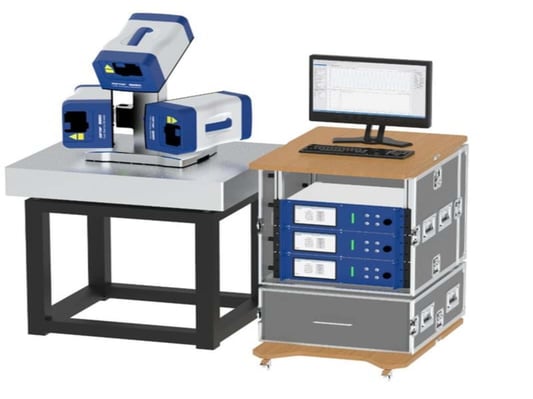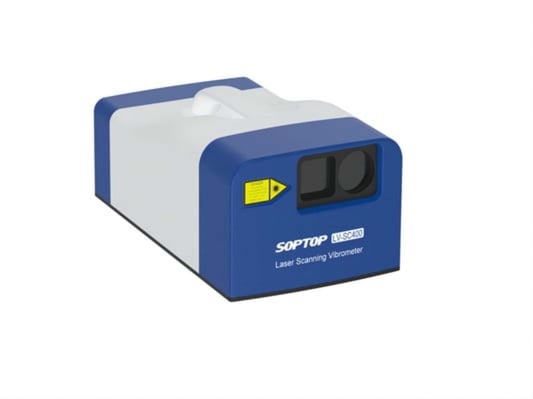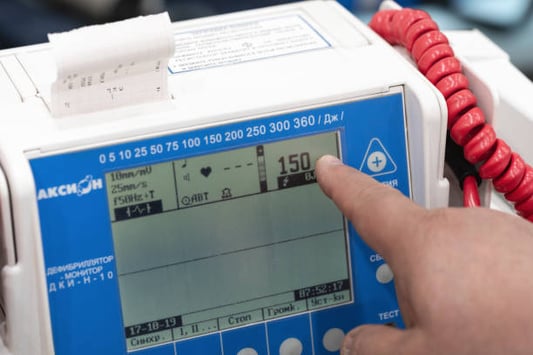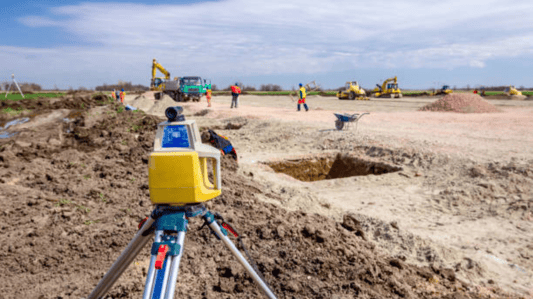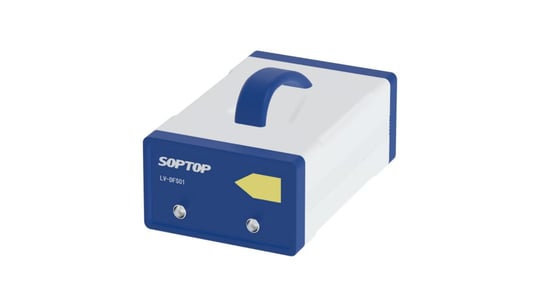Introduction to LV-S30 auto-focusing single point laser vibrometerThe LV-S30 auto-focusing single point laser vibrometer is a cutting-edge technology used for measuring vibration and displacement in various industrial applications. It offers high accuracy and precision, making it an essential tool for engineers and researchers in fields such as aerospace, automotive, and structural health monitoring.How Does the LV-S30 Auto-Focusing Single Point Laser Vibrometer Work?The LV-S30 laser vibrometer operates by emitting a laser beam onto the target surface and measuring the Doppler shift of the reflected beam. This information is then processed to determine the velocity, acceleration, displacement, and frequency of the vibrating object. The auto-focusing feature ensures accurate measurements even on irregular surfaces.Benefits of Using LV-S30 Auto-Focusing Single Point Laser VibrometerOne of the key advantages of the LV-S30 vibrometer is its ability to measure tiny vibrations with high sensitivity. It can capture data in real-time, allowing for quick analysis and troubleshooting. Additionally, its compact design and user-friendly interface make it easy to operate in various environments.Applications of LV-S30 Auto-Focusing Single Point Laser VibrometerThe LV-S30 vibrometer is widely used in research and development for studying the dynamics of structures, machinery, and electronic components. It is also utilized in quality control processes to ensure the reliability and performance of manufactured products. Furthermore, it has applications in non-destructive testing and condition monitoring.Features of LV-S30 Auto-Focusing Single Point Laser VibrometerSome of the key features of the LV-S30 vibrometer include high measurement range, fast data acquisition rate, and flexible mounting options. It also comes with advanced signal processing algorithms for noise reduction and signal enhancement. The auto-focusing capability ensures precise measurements without manual adjustments.Choosing the Right LV-S30 Auto-Focusing Single Point Laser VibrometerWhen selecting an LV-S30 vibrometer for your specific application, consider factors such as measurement range, frequency response, and data processing capabilities. Choose a model that meets your requirements in terms of accuracy, sensitivity, and ease of use. Consult with experts in the field for guidance on choosing the right instrument.Calibrating LV-S30 Auto-Focusing Single Point Laser VibrometerRegular calibration of the LV-S30 vibrometer is essential to maintain its accuracy and reliability. Follow the manufacturer's guidelines for calibration procedures and schedule routine maintenance to ensure optimal performance. Keep records of calibration results and make necessary adjustments as needed to achieve consistent measurements.Troubleshooting Common Issues with LV-S30 Auto-Focusing Single Point Laser VibrometerIf you encounter problems with your LV-S30 vibrometer, refer to the user manual for troubleshooting tips and error codes. Check for proper alignment of the laser beam, clean the optical components regularly, and inspect cables for any damage. Contact technical support if the issue persists for professional assistance.Future Trends in LV-S30 Auto-Focusing Single Point Laser Vibrometer TechnologyAs technology advances, we can expect to see improvements in the performance and capabilities of LV-S30 vibrometers. Innovations such as enhanced signal processing algorithms, increased measurement range, and integration with IoT devices are likely to shape the future of vibration measurement technology. Stay tuned for the latest developments in this field.ConclusionThe LV-S30 auto-focusing single point laser vibrometer is a powerful tool for measuring vibration and displacement in various industrial applications. Its high accuracy, sensitivity, and user-friendly design make it an essential instrument for engineers and researchers alike. By understanding its operating principles, features, and applications, you can harness the full potential of this advanced technology.Quote InquiryContact us




